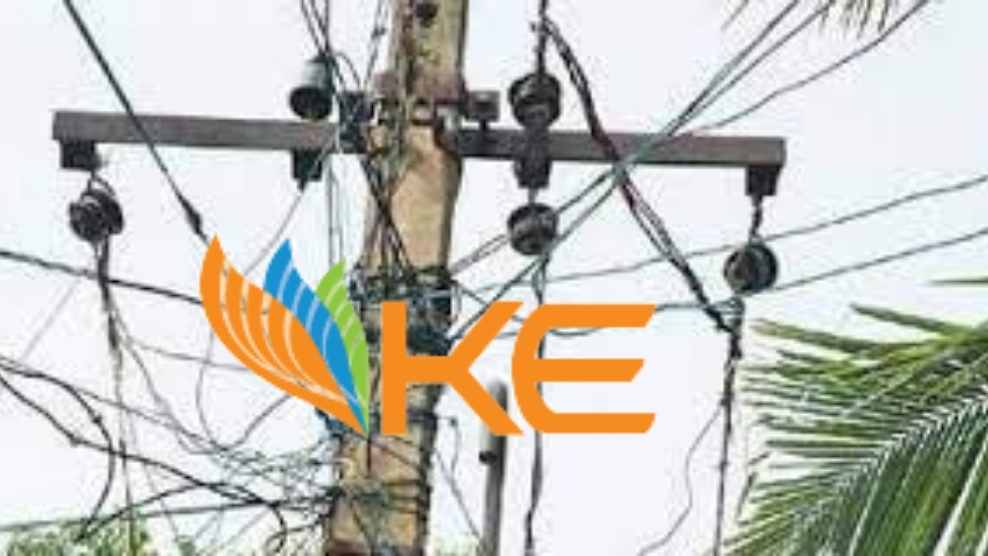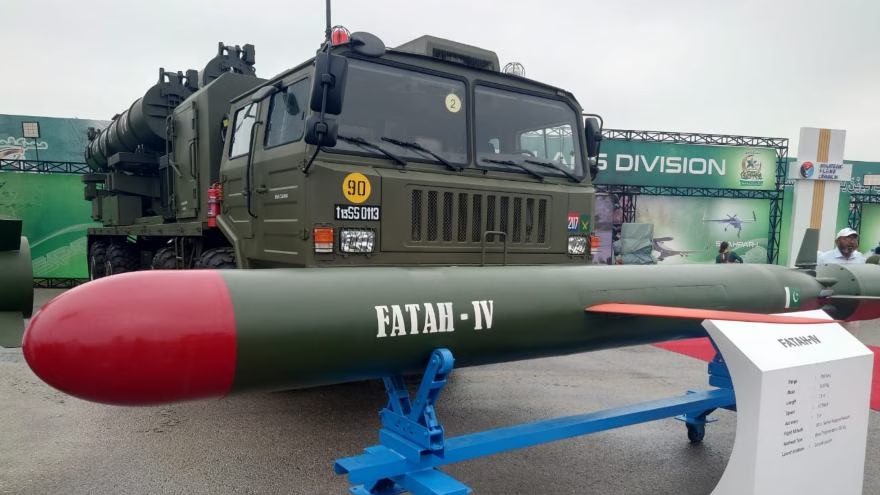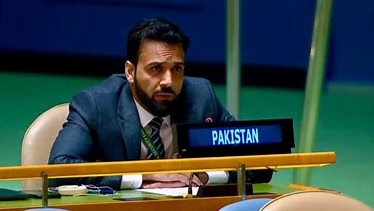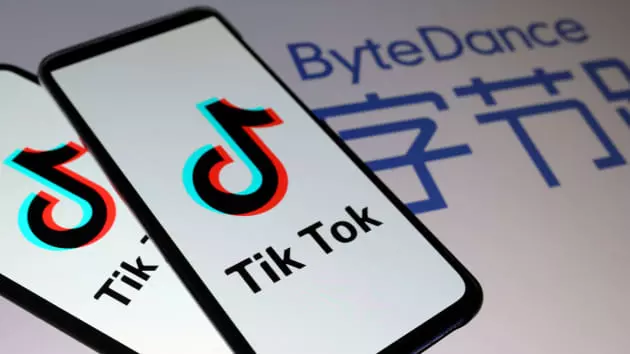K-Electric refuses to allow anyone to use its infrastructure for monetary gain.
The K-Electric (KE) representative rejected accusations that the company was charging TV and internet cable providers for putting lines on its network. According to KE, its infrastructure is not permitted for use by television and internet cables, and there are no fees for using KE poles.
According to KE, in order to provide safe and dependable energy to its customers, it constantly disconnects encroachments on its network by TV and internet cable companies in order to preserve network integrity.
“KE’s overhead and subterranean transmission and distribution network throughout Karachi is established after obtaining appropriate Right of Way (ROW) approvals from the appropriate municipal bodies,” added the official.
These permits are just for the use of the infrastructure to transfer and distribute power to our 3.4 million expanding customer base.
The activity is carried out by skilled specialists in accordance with stringent safety regulations.
Unauthorized encroachment on our network presents a major risk to the public, and KE will continue to take action in the interest of public safety.
We would appreciate the PTA’s notification and assure them of our complete cooperation.”
Furthermore, in the lack of ROW permissions and dedicated infrastructure, internet and TV cable carriers utilise any available pole, including those controlled by KE, PTCL, and city-owned streetlights.
The municipal government has also regularly asked operators to move their networks underground or bundle wires securely in accordance with Pakistan Telecommunication Authority regulations (PTA).
According to KE, incorrect installation of TV and internet cables on its infrastructure creates dangers that evade KE’s safety measures and might result in harm or death incidents due to current leakage.
These wires interfere with corrective and preventive maintenance activities and intrude on the utility’s infrastructure.
Furthermore, KE has obtained guarantees from network operators that excess cables would be removed and current equipment will be shifted underground where possible, with proper bundling throughout the rest of the network.
Despite repeated pledges, development on the ground remains sluggish.











